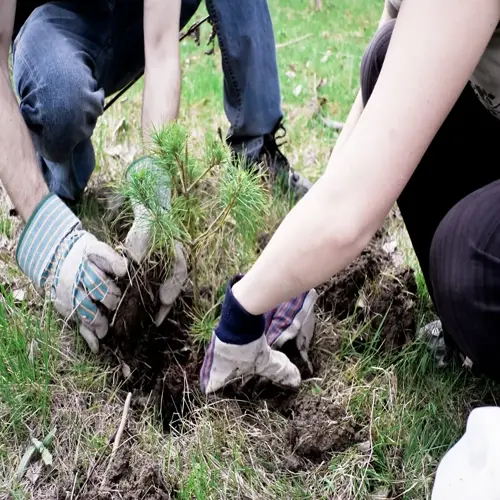How do I protect sunflowers from pests?

Written by
Julia Anderson
Reviewed by
Prof. Charles Hartman, Ph.D.Safeguarding sunflowers from insect predators requires integrated strategies that consider the role of beneficial insects. Major threats include birds, squirrels, aphids, and soil pests. Prevention begins with healthy plants grown in ideal circumstances. When pests become visible in my yard, I can catch them early by applying daily observations during peak season. Ultimately, physical barriers and natural control or biocontrol will be the most effective in the long run.
Bird and Squirrel Control
- Install netting over developing seed heads
- Use reflective tape to deter birds
- Place feeders away from sunflower beds
- Harvest seed heads early before pests damage them
Insect Management
- Spray aphids with strong water jets early morning
- Apply neem oil for persistent infestations
- Release ladybugs to control aphids naturally
- Use yellow sticky traps for flying insects
Ground Pest Solutions
- Apply diatomaceous earth around plant bases
- Install copper tape barriers against slugs
- Use beer traps for earwigs and cutworms
- Encourage predatory ground beetles
Establish habitats for beneficial insects that provide natural pest control. Place flowers like alyssum and dill, which produce nectar, close to the pest source. Add shallow water for your predator insects. Avoid using broad-spectrum pesticides that can harm beneficial insects, such as ladybugs and lacewings. I also keep permanent insectary borders around my sunflower patch.
The use of physical barriers in strategic stages of growth is beneficial in managing threats to seedling and plant health. Protect seedlings with row covers to avoid cutworm damage. Additionally, netting can be installed when buds are produced to protect developing seeds. Use cardboard collars around young stems to deflect stem borer attacks. These barriers should be removed during flowering to allow pollinators to access flowers.
Utilize cultural controls and sound gardening practices. Plant sunflower beds in different locations every year, disrupting pest cycles. Thin plants as necessary to improve air flow. Destroy plant debris to eliminate overwintering structures for pests. Water at the start of the day, which will dry the foliage, allowing less opportunity for fungus issues.
For serious infestations, use useful organic treatments. It's effective to spray insecticidal soap directly on the aphid group. Use BT (Bacillus thuringiensis) for caterpillar-type pests. Use horticultural oils for scale pests. Always spot treat and not broadcast spray, saving beneficial insects.
Read the full article: When to Plant Sunflowers: Full Guide
